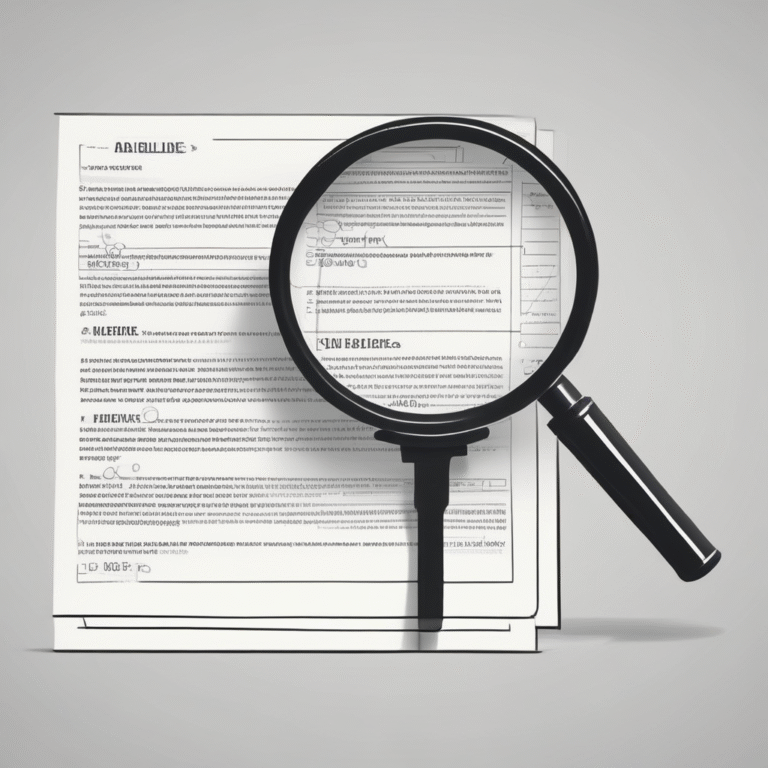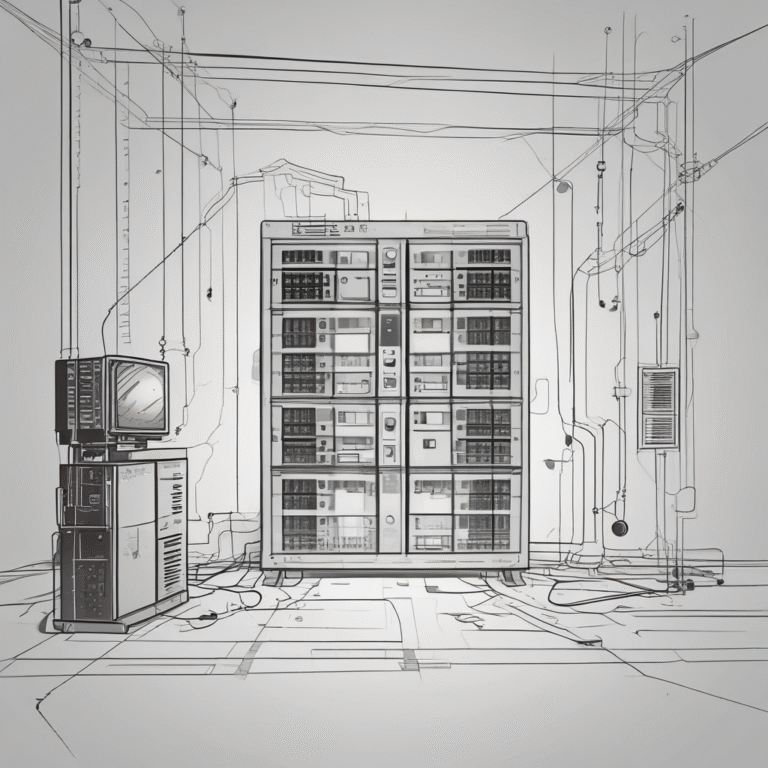How AI Regulation Could Evolve in 2025
The landscape of artificial intelligence (AI) regulation is anticipated to undergo significant changes in 2025, driven by shifts in the U.S. political environment and differing approaches from global jurisdictions. This study examines the potential implications of these changes and highlights key developments to watch.
U.S. Political Landscape and AI Regulation
The inauguration of President-elect Donald Trump on January 20, 2025, is expected to have major implications for AI regulation in the United States. With a cabinet that includes influential figures from the tech industry, such as Elon Musk and Vivek Ramaswamy, there’s a potential for a more industry-friendly approach to AI policy.
Despite AI not being a prominent issue during Trump’s campaign, it is predicted to become a focal point of the new administration. Musk’s experience as a co-founder of OpenAI and his leadership at xAI indicate that he may advocate for measures to ensure AI development aligns with societal safety.
State of AI Regulation in the U.S.
Currently, the U.S. lacks a comprehensive federal AI legislation, resulting in a fragmented regulatory landscape characterized by various state and local laws. Over 45 states have introduced diverse AI-related bills.
Comparative International Regulation
While the U.S. is moving towards potential regulatory changes, the European Union (EU) has already established a framework with its landmark AI Act. This legislation aims to impose strict regulations on AI systems, causing significant concern among U.S. tech companies.
The EU AI Act
The EU AI Act is the first comprehensive regulatory framework for AI globally. Although it is not fully implemented, it has already sparked tension with large tech firms worried about its stringent requirements. The second draft of the code of practice for general-purpose AI (GPAI) models includes:
- Exemptions for open-source AI models
- Mandatory risk assessments for “systemic” GPAI models
As the EU continues to refine its regulations, the tech community is closely monitoring developments, especially concerning provisions that cover high-risk AI applications.
UK’s Approach to AI Regulation
In the UK, the government is considering legislation that could lead to a more principles-based approach to AI regulation, contrasting with the EU’s risk-based framework. Recently, the UK government announced a consultation on regulating the use of copyrighted content in AI training, which could set a precedent for how copyright law interacts with AI development.
Geopolitical Tensions and AI
As the U.S. and China continue to vie for technological supremacy, the regulation of AI could become a contentious issue. Previous administrations have enacted policies to restrict Chinese access to American technologies, which could escalate under Trump’s leadership.
Experts warn that a fracture between the U.S. and China in AI development might lead to an environment where each country develops advanced AI systems independently, raising concerns about safety and ethical standards.
Conclusion
The regulatory landscape for artificial intelligence is poised for transformative changes in 2025. With different approaches taken by the U.S., EU, and UK, the future of AI regulation will depend on how these jurisdictions navigate their respective priorities and the geopolitical dynamics at play. Observers should pay close attention to the developments in policy-making, as they will significantly influence the trajectory of AI technology and its societal impact.










